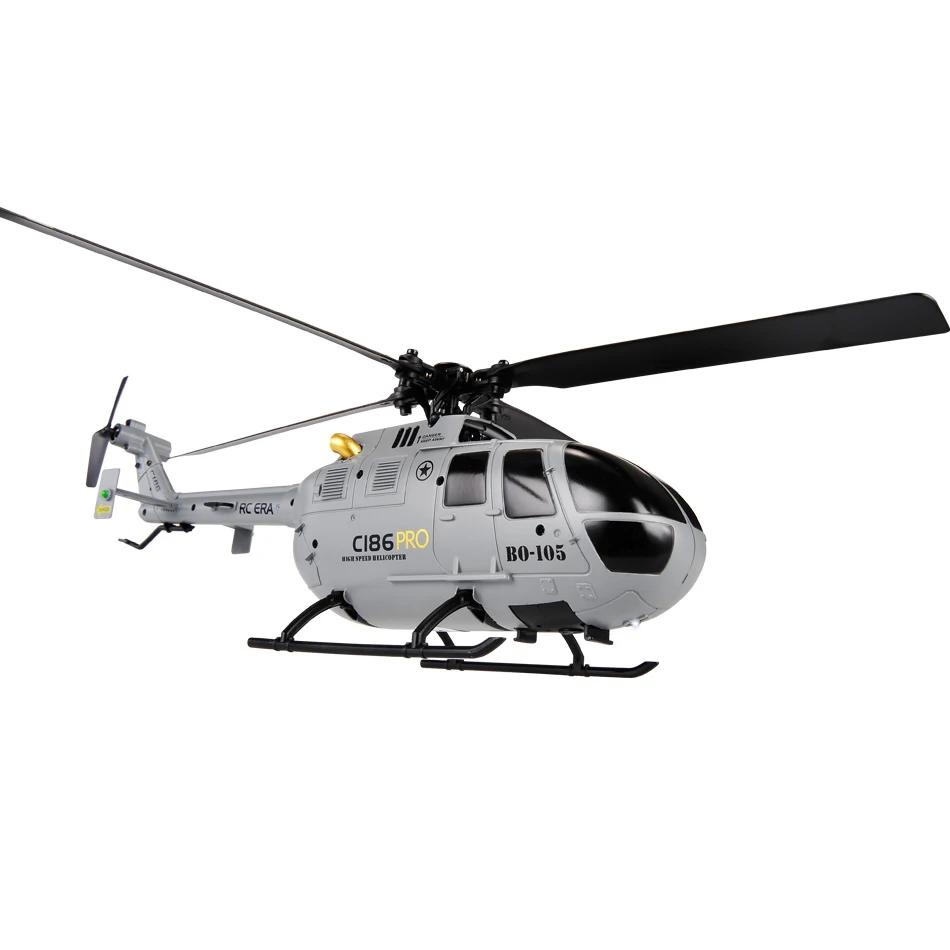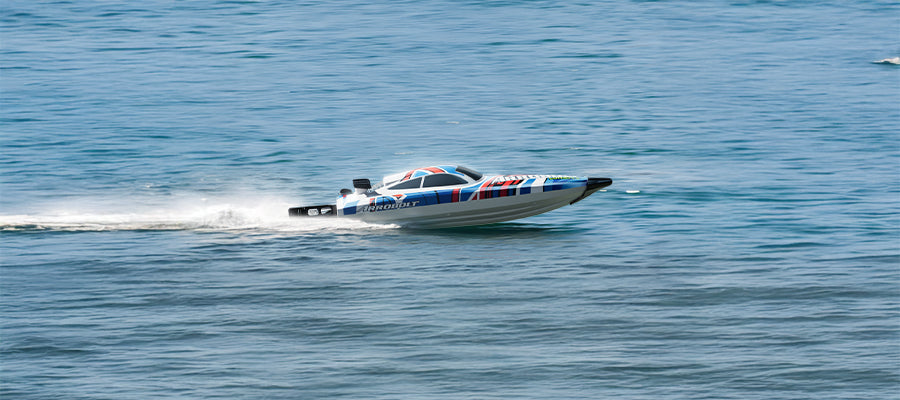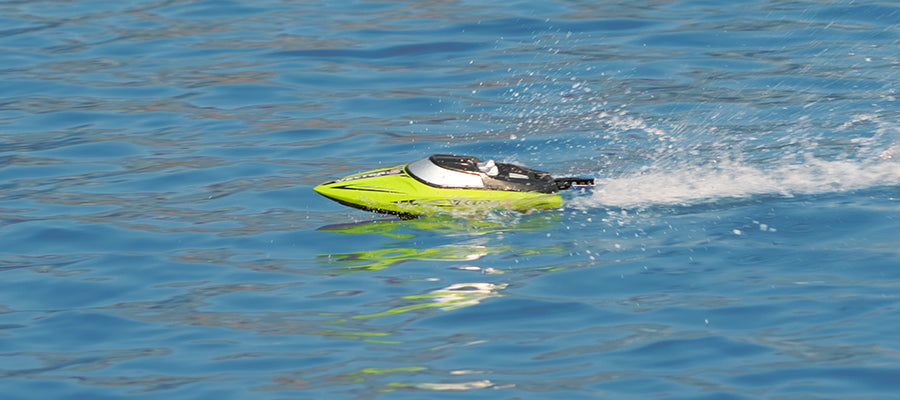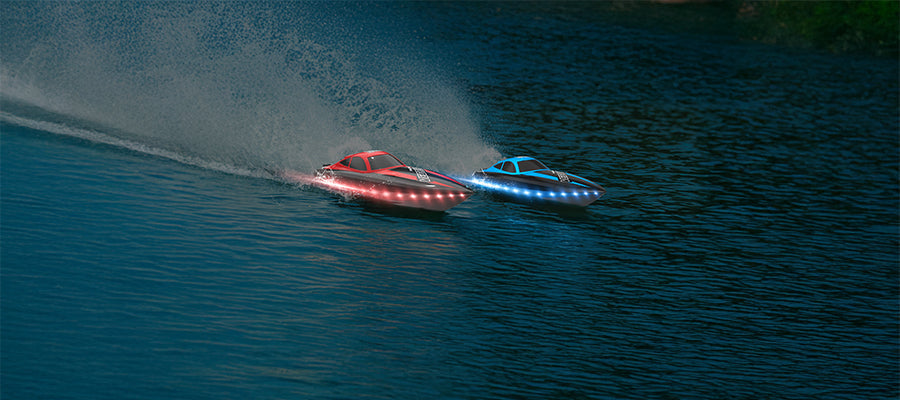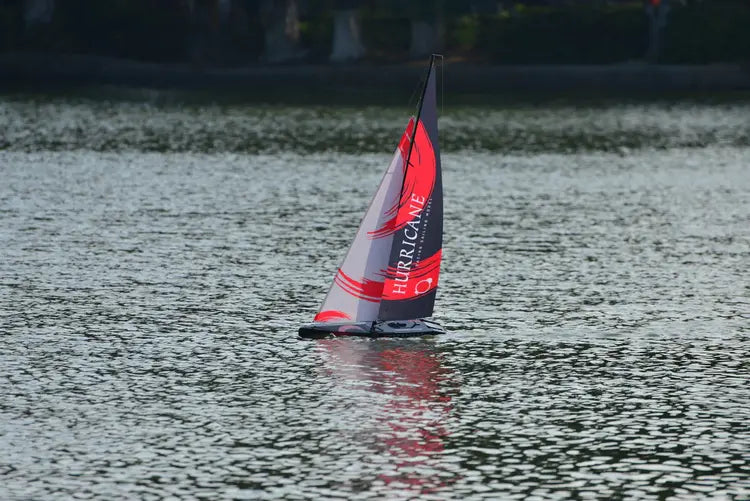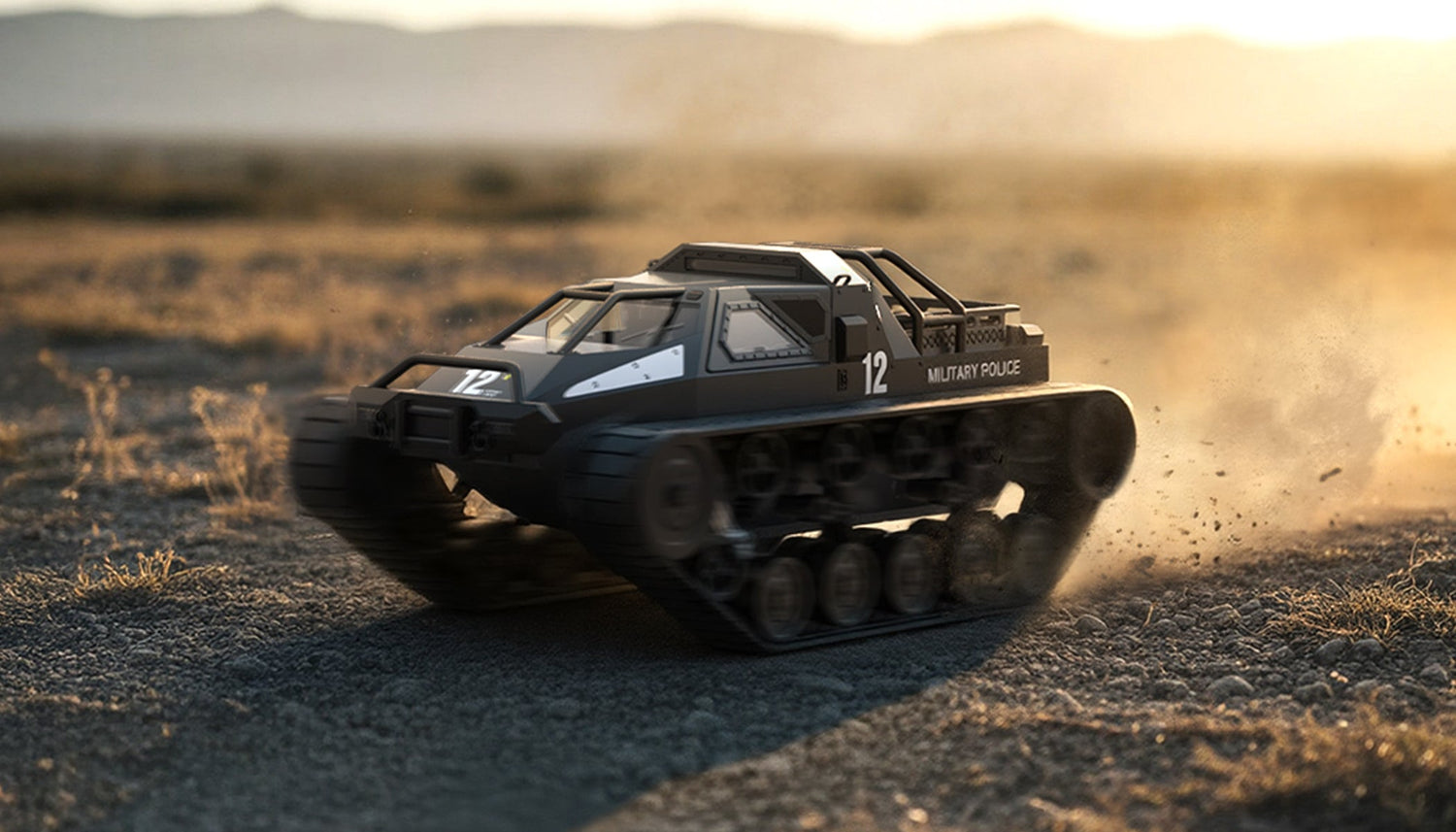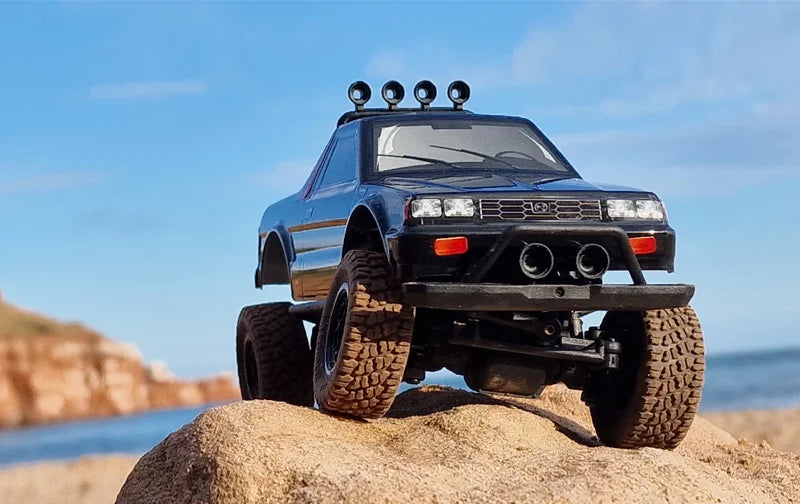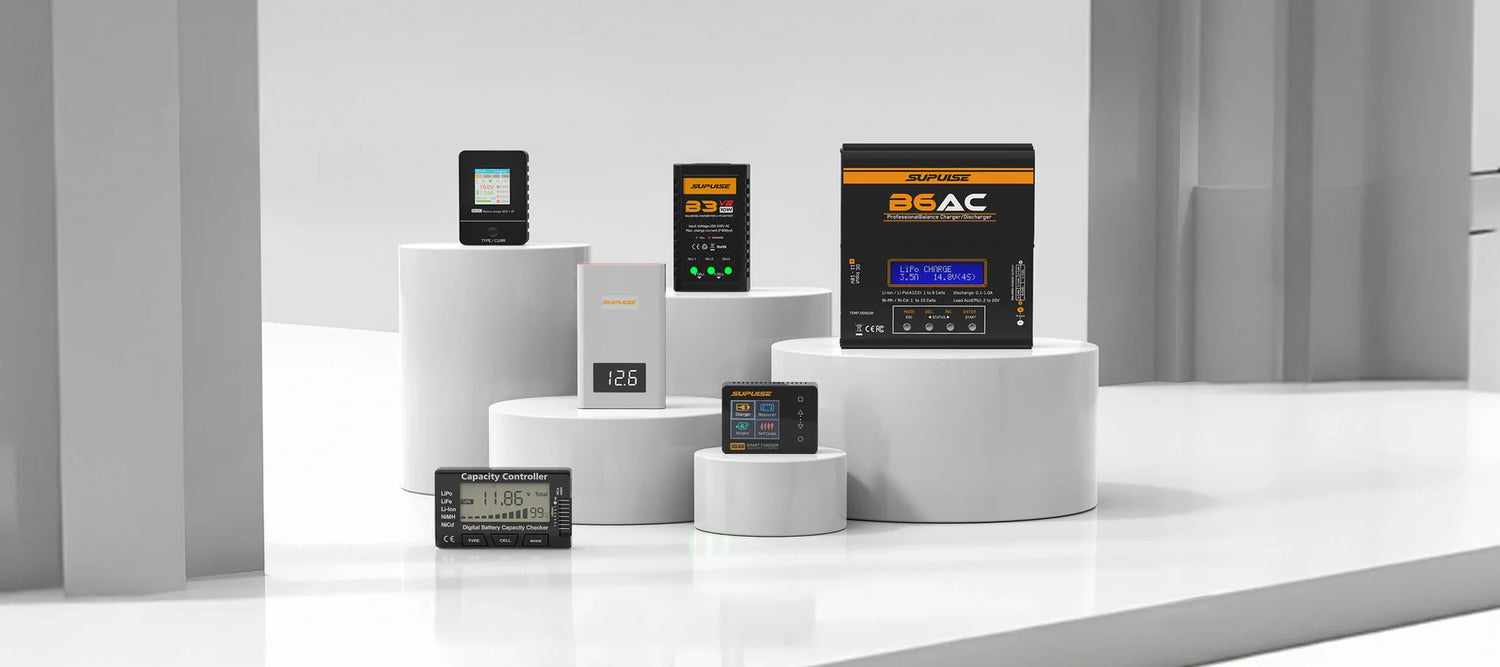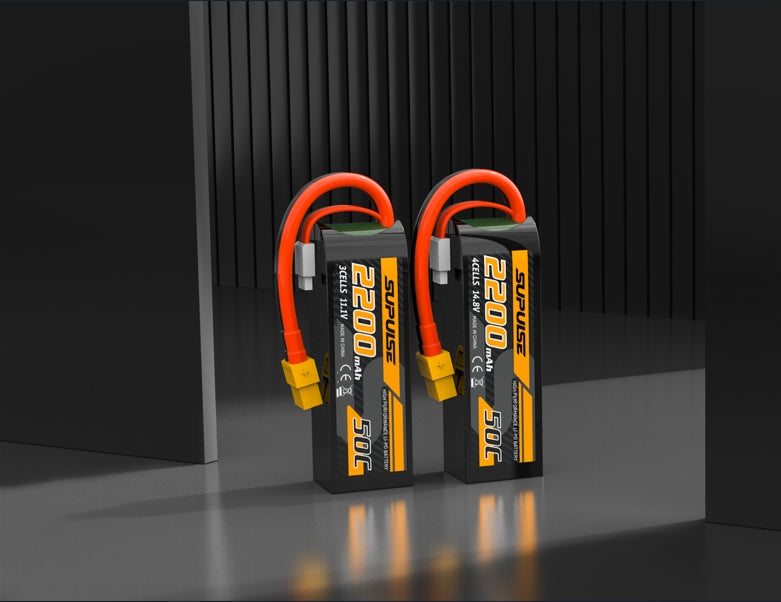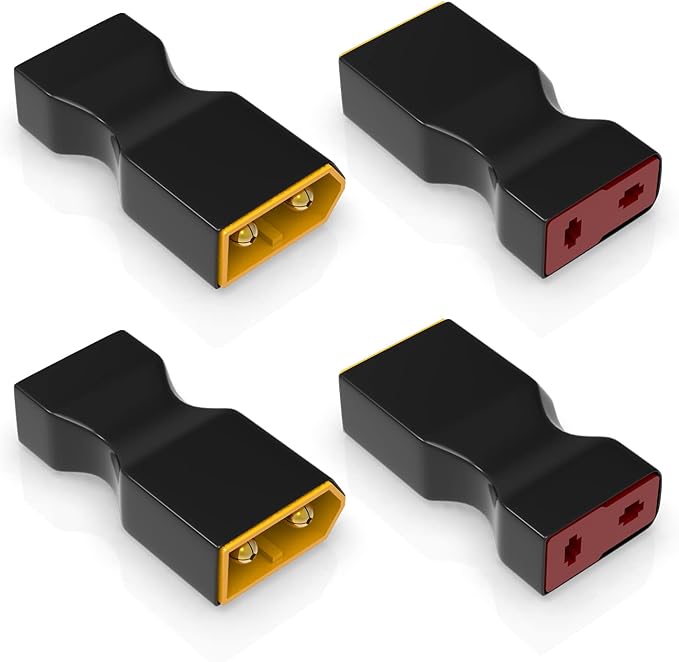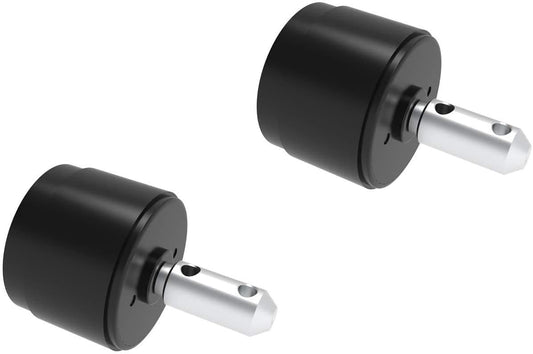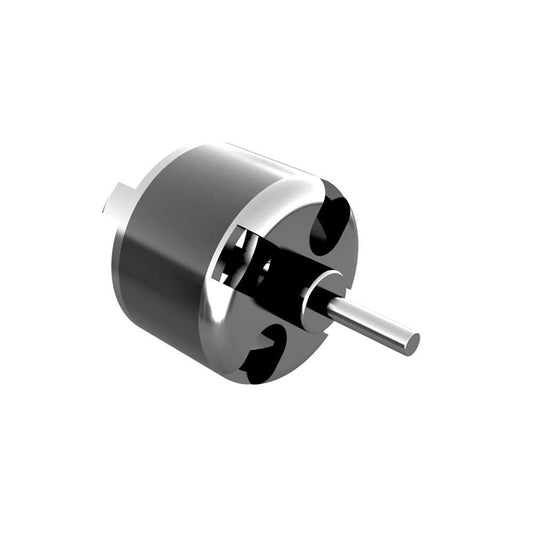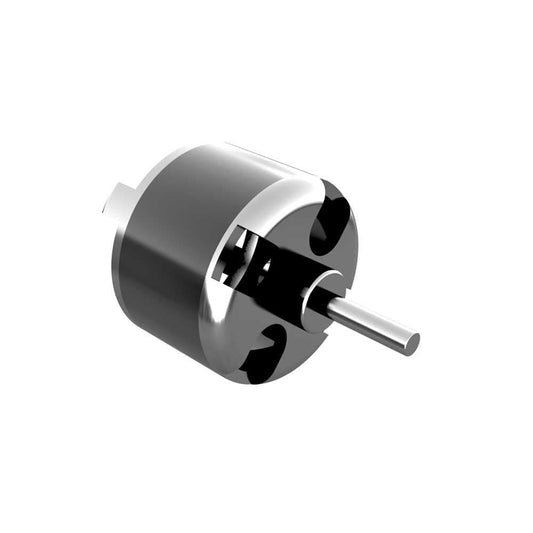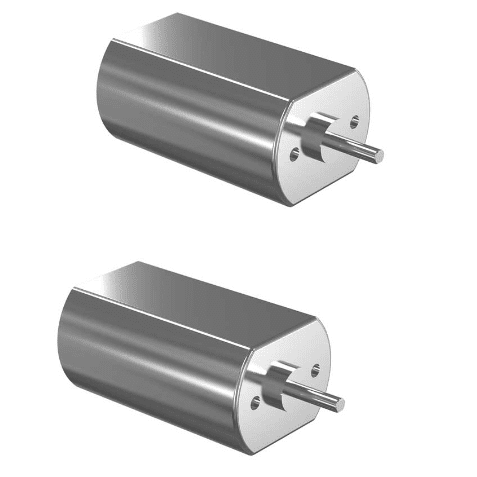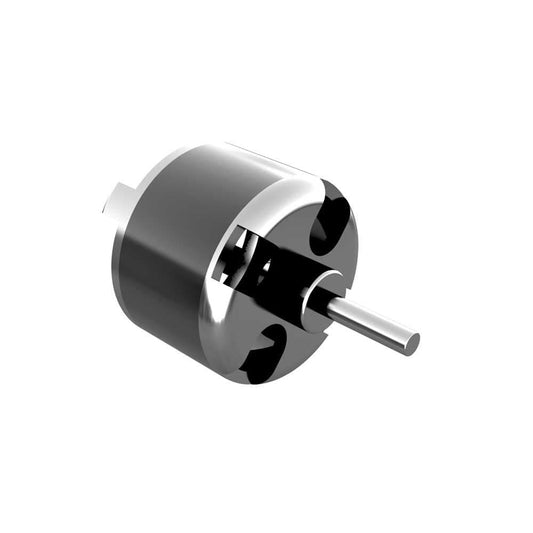Navigating the World of RC Boat Motors: A Fun, No-Nonsense Guide
So you’ve got this wild idea to build your own RC boat, huh? Maybe you’re daydreaming about zipping across a lake with a custom-built speed machine that turns heads. Or perhaps you’re just curious about how these tiny floating wonders work. Either way, the heart of your RC boat—its motor—is where the magic happens. Let’s break it down without the jargon, and get you ready to make smart choices (or even build your own motor if you’re feeling adventurous).
Brushed vs. Brushless: The Motor Showdown
First things first: not all motors are created equal. You’ve got two main types to pick from:
- Brushed Motors: These are the old-school workhorses. Cheap, simple, and perfect for beginners or smaller boats. But they’re like that car your grandpa drives—reliable but not exactly a speed demon.
- Brushless Motors: Think of these as the sports cars of the RC world. Faster, quieter, and way more efficient. They cost more, but if you want your boat to fly across the water, this is the way to go.
Pro Tip: If you’re building a budget-friendly starter boat, go brushed. If you’re after speed and longevity, splurge on brushless.
What Size Motor Do You Actually Need?
This is where folks get tripped up. Let’s keep it simple:
-
For Brushless Motors:
- Small pond racer (12-18 inches long)? Try a 2200KV–3200KV motor.
- Bigger boat (24+ inches)? Go for a lower KV (1200–1800) with more torque.
- Insane speed? Pair a 4000KV+ motor with a high-quality ESC and LiPo battery.
-
For Brushed Motors:
- Most entry-level boats do just fine with a 30–60-watt motor.
- Add weight (like cameras or extra gear)? Bump it up to 80 watts.
Remember: Your motor’s size isn’t just about power—it’s about balance. A too-big motor can make your boat flip or sink. A too-small one? Well, let’s just say snails will laugh at you.
DIY Motor: Because Why Not?
Feeling crafty? Building a homemade motor isn’t as crazy as it sounds. Here’s a bare-bones guide:
What You’ll Need:
- A DC motor (salvage one from an old toy or drill)
- Copper wire and neodymium magnets (for that DIY vibe)
- A propeller (3D print one or buy a cheap plastic version)
- Basic tools (screwdrivers, pliers, and a lot of patience)
Steps:
- Strip It Down: Remove the motor’s casing and clean the parts. No grease allowed.
- Rewind the Coils: Wrap copper wire around the armature. YouTube tutorials are your friend here.
- Add Magnets: Secure them inside the motor housing. Stronger magnets = more power.
- Test, Test, Test: Hook it up to a battery and see if it spins. Sparks? Oops. Try again.
Warning: This is not a project for perfectionists. It’ll be messy, frustrating, and maybe rewarding. But hey, bragging rights are priceless.
Motor Maintenance: Keep It Alive
Even the best motors die if you treat them poorly. Here’s how to avoid a watery grave:
-
Brushed Motors:
- Clean the brushes every 5–10 runs.
- Lubricate the bearings with light oil.
- Replace brushes when they look worn down (they’re cheap, so stock up).
-
Brushless Motors:
- Zero brushes = almost no maintenance. Just keep dirt and water out.
- Check the bearings yearly. If they grind, swap ’em out.
Hot Take: A dirty motor is a slow motor. Spend 5 minutes cleaning it after each run, and it’ll love you forever.
Batteries and ESCs: The Unsung Heroes
Your motor’s only as good as its sidekicks. Don’t ignore these:
-
Batteries:
- LiPo batteries are the gold standard. They’re light, powerful, and explode if mistreated (okay, rarely—but still, be careful).
- Match the battery’s voltage to your motor. A 2S LiPo (7.4V) works for most boats.
-
ESC (Electronic Speed Controller):
- This little gadget controls the power flow. Get one rated for at least 10% more amps than your motor needs.
- Waterproof ESCs are worth the extra cash. Trust me.
Fun Fact: A good ESC can make a cheap motor feel premium. A bad one? Let’s just say smoke shows aren’t cool.
Real Talk: Common Mistakes to Avoid
We’ve all messed up. Here’s how to skip the facepalms:
- Overheating: If your motor feels hotter than a summer BBQ, let it cool down. Add a heat sink or small fan if it keeps happening.
- Wrong Propeller: Too big, and your motor strains. Too small, and you’re wasting power. Match the prop size to your motor’s specs.
- Ignoring Waterproofing: Splashes happen. Use silicone sealant on electrical connections.
Bonus Tip: Always carry a multi-tool and spare parts to the pond. You’ll either fix your boat or make a new friend who can.
Upgrades: When to Go Big
Once you’re hooked, you’ll want to tweak everything. Here’s a smart upgrade path:
- Swap to a brushless motor (if you started with brushed).
- Upgrade the battery to a higher-capacity LiPo.
- Install a metal propeller for better durability.
- Add LED lights because why not look awesome at night?
Note: Upgrades are addictive. Set a budget before you fall down the rabbit hole.
Final Thoughts: Just Get Started
Look, RC boating is supposed to be fun. Don’t overthink it. Grab a motor, slap it on a hull, and see what happens. Worst case, you’ll learn something. Best case? You’ll have a blast.
Remember:
- Start small.
- Embrace the mess.
- Join a local RC club (they’re full of weirdly passionate people who’ll help).
Now go build that boat. And when you’re out there, wind in your hair and remote in hand, you’ll realize—it was totally worth it.





